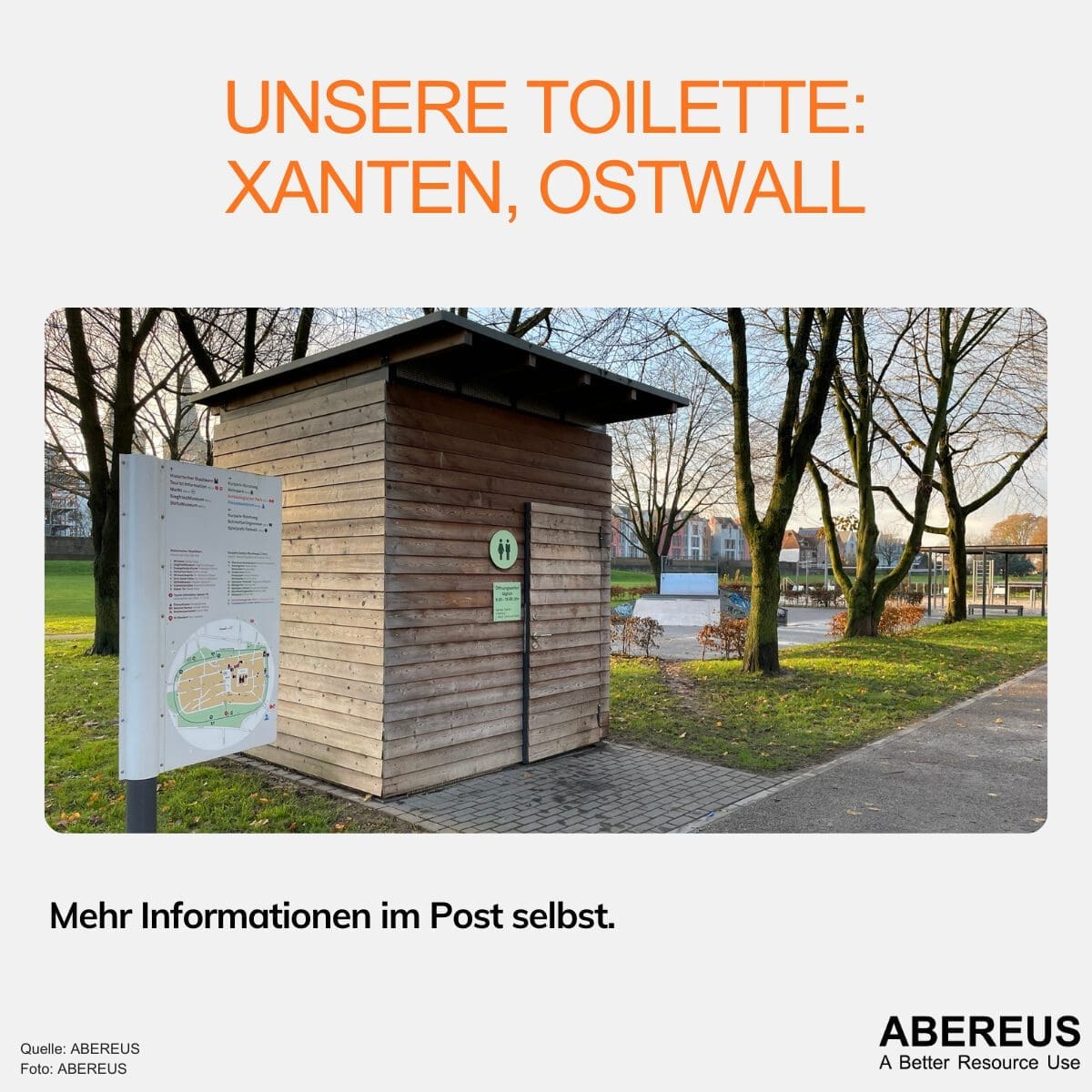Different toilet systems

Date
In the world, we find several different types of toilet systems. We want to introduce you to the most common ones which are especially common in the western world.
Water closets (WC) are probably the most widely used. They use water as the medium for transportation and consume on average between 3 to 12 liters per flush. The resulting mix is transported through the sewage system of the city or stored in a special tank beneath the house. The specific design of the toilets varies between regions and countries.
A very common system especially within vehicles like airplanes, ships or trains are vacuum toilets. These ones only need around 1 liter per flush because they rely on a vacuum in the tubes. Therefore, the matter of the business will be sucked into the system. Consequently, the vacuum must be upheld at all times, which requires a constant use of energy.
Not all types of toilets are permitted!
The next type of toilet is used mainly in caravan and allotment garden sites. These toilets use bedding material to capture the smell and liquids. They work very similar to a cat litter pan. Some systems promote that the excrements together with the bedding material can afterwards be used as a self-made fertilizer. In Germany, this has not yet been approved by the authorities.
The least common system we are going to address is one that doesn’t always have the best reputation: chemical toilets. They use a chemical cocktail to contain the smell. They are often used on construction sites as well as festivals. Their main use case is for events that need a toilet for a short period of time.
All these types of toilets can be found around the world. Some countries also use other toilet systems or have extra addons like bidets. What types of toilets have you used or are common in your region? We will address some more uncommon toilets in another post.



